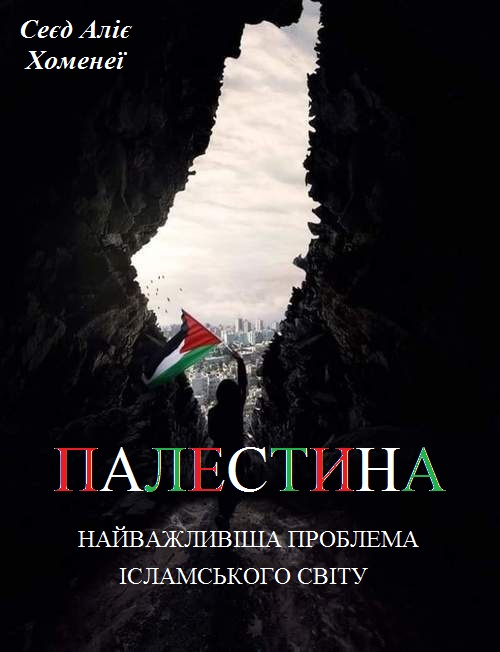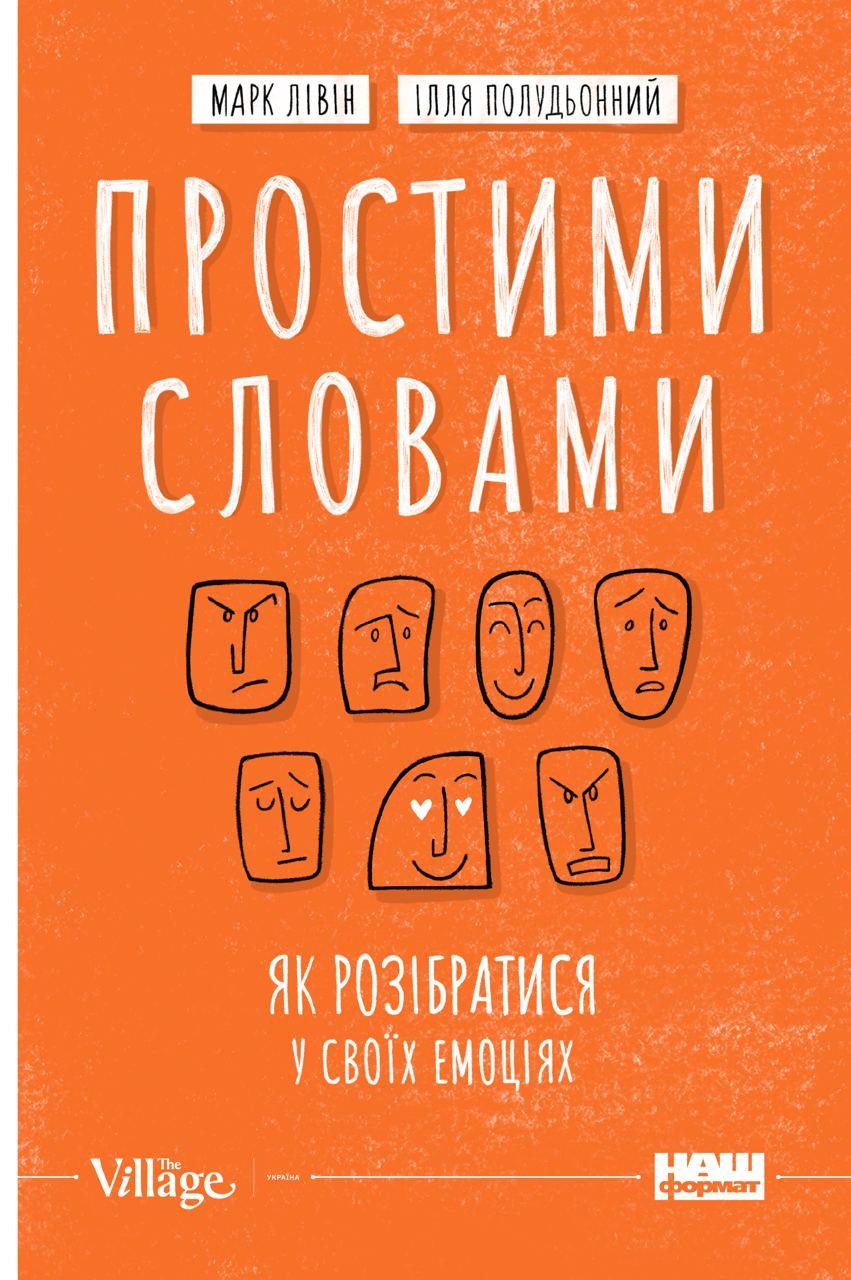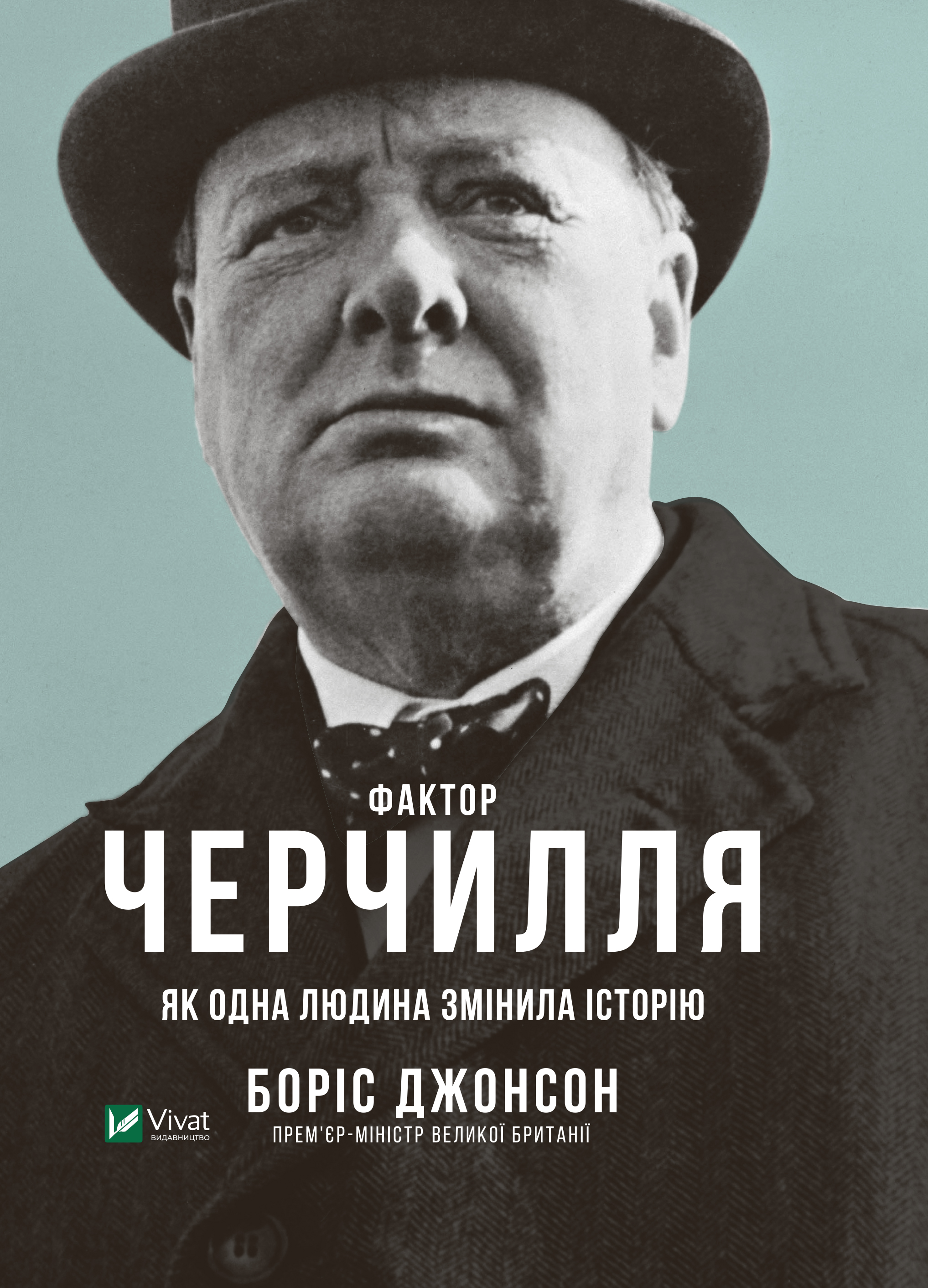Читати книгу - "Genghis Khan and the Making of the Modern World"
Шрифт:
Інтервал:
Добавити в закладку:
In the twentieth century, to assure that the area of Genghis Khan’s birth and burial did not become a rallying point for nationalists, the Soviet rulers kept it securely guarded. Instead of calling it the Great Taboo or using one of the historic names that might hint at a connection to Genghis Khan, the Soviets called it by the bureaucratic designation of Highly Restricted Area. Administratively, they separated it from the surrounding province and placed it under the direct supervision of the central government that, in turn, was tightly controlled from Moscow. The Soviets further sealed it off by surrounding 1 million hectares of the Highly Restricted Area with an equally large Restricted Area. To prevent travel within the area, the government built neither roads nor bridges during the Communist era. The Soviets maintained a highly fortified MiG air base, and quite probably a storehouse of nuclear weapons, between the Restricted Area and the Mongolian capital of Ulaanbaatar. A large Soviet tank base blocked the entrance into the forbidden zone, and the Russian military used the area for artillery practice and tank maneuvers.
The Mongols made no technological breakthroughs, founded no new religions, wrote few books or dramas, and gave the world no new crops or methods of agriculture. Their own craftsmen could not weave cloth, cast metal, make pottery, or even bake bread. They manufactured neither porcelain nor pottery, painted no pictures, and built no buildings. Yet, as their army conquered culture after culture, they collected and passed all of these skills from one civilization to the next.
The only permanent structures Genghis Khan erected were bridges. Although he spurned the building of castles, forts, cities, or walls, as he moved across the landscape, he probably built more bridges than any ruler in history. He spanned hundreds of streams and rivers in order to make the movement of his armies and goods quicker. The Mongols deliberately opened the world to a new commerce not only in goods, but also in ideas and knowledge. The Mongols brought German miners to China and Chinese doctors to Persia. The transfers ranged from the monumental to the trivial. They spread the use of carpets everywhere they went and transplanted lemons and carrots from Persia to China, as well as noodles, playing cards, and tea from China to the West. They brought a metalworker from Paris to build a fountain on the dry steppes of Mongolia, recruited an English nobleman to serve as interpreter in their army, and took the practice of Chinese fingerprinting to Persia. They financed the building of Christian churches in China, Buddhist temples and stupas in Persia, and Muslim Koranic schools in Russia. The Mongols swept across the globe as conquerors, but also as civilization’s unrivaled cultural carriers.
The Mongols who inherited Genghis Khan’s empire exercised a determined drive to move products and commodities around and to combine them in ways that produced entirely novel products and unprecedented invention. When their highly skilled engineers from China, Persia, and Europe combined Chinese gunpowder with Muslim flamethrowers and applied European bell-casting technology, they produced the cannon, an entirely new order of technological innovation, from which sprang the vast modern arsenal of weapons from pistols to missiles. While each item had some significance, the larger impact came in the way the Mongols selected and combined technologies to create unusual hybrids.
The Mongols displayed a devoutly and persistently internationalist zeal in their political, economic, and intellectual endeavors. They sought not merely to conquer the world but to institute a global order based on free trade, a single international law, and a universal alphabet with which to write all languages. Genghis Khan’s grandson, Khubilai Khan, introduced a paper currency intended for use everywhere and attempted to create primary schools for universal basic education of all children in order to make everyone literate. The Mongols refined and combined calendars to create a ten-thousand year calendar more accurate than any previous one, and they sponsored the most extensive maps ever assembled. The Mongols encouraged merchants to set out by land to reach their empire, and they sent out explorers across land and sea as far as Africa to expand their commercial and diplomatic reach.
In nearly every country touched by the Mongols, the initial destruction and shock of conquest by an unknown and barbaric tribe yielded quickly to an unprecedented rise in cultural communication, expanded trade, and improved civilization. In Europe, the Mongols slaughtered the aristocratic knighthood of the continent, but, disappointed with the general poverty of the area compared with the Chinese and Muslim countries, turned away and did not bother to conquer the cities, loot the countries, or incorporate them into the expanding empire. In the end, Europe suffered the least yet acquired all the advantages of contact through merchants such as the Polo family of Venice and envoys exchanged between the Mongol khans and the popes and kings of Europe. The new technology, knowledge, and commercial wealth created the Renaissance in which Europe rediscovered some of its prior culture, but more importantly, absorbed the technology for printing, firearms, the compass, and the abacus from the East. As English scientist Roger Bacon observed in the thirteenth century, the Mongols succeeded not merely from martial superiority; rather, “they have succeeded by means of science.” Although the Mongols “are eager for war,” they have advanced so far because they “devote their leisure to the principles of philosophy.”
Seemingly every aspect of European life—technology, warfare, clothing, commerce, food, art, literature, and music—changed during the Renaissance as a result of
Увага!
Сайт зберігає кукі вашого браузера. Ви зможете в будь-який момент зробити закладку та продовжити читання книги «Genghis Khan and the Making of the Modern World», після закриття браузера.



